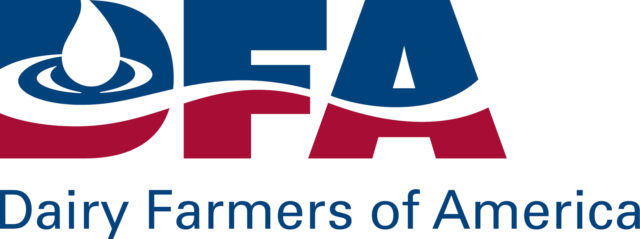Editor’s note: The author submitted the following in response to the article by Ben Yale, “It’s a small world after all,” also in this issue.
There is no question that international demand for U.S. dairy products has grown in the past few years. And a portion of that expansion – in addition to the weak dollar, the EU’s quota system and Australia’s drought – is due to the Cooperatives Working Together (CWT) Export Assistance Program. That is because, from the beginning, CWT was intended to be more than just a domestic supply management program.
When CWT began five years ago, its committee instituted three programs to strengthen and stabilize producers’ milk prices. Two were supply management programs, a herd retirement program and a production reduction program. The third was created to help expanding sales of U.S. dairy products overseas, its export assistance program. Two programs continue to be operated by CWT, the herd retirement program and the export assistance program.
Over the previous four years, the four herd retirement programs have removed 200,000 dairy cows from the national dairy herd that would have produced an additional 3.8 billion pounds of milk per year and tens of thousands of additional heifers had they not been “retired.”
Also during that time, the CWT Export Assistance Program has helped member cooperatives export 103 million pounds of cheese, butter, anhydrous milk fat and whole milk powder to 56 countries on four continents. In 2006, CWT assisted in exporting 14.5 million pounds of cheese, 14.4 million pounds of butter, 9.7 million pounds of anhydrous milk fat and 3.8 million pounds of whole milk powder.
In 2007, CWT assisted members in exporting 12.3 million pounds of cheese, 24.1 million pounds of butter, 9.6 million pounds of anhydrous milk fat and 6.3 million pounds of whole milk powder. However, from the end of July to the present, CWT has not needed to provide export assistance because world dairy product prices are above U.S. dairy product prices.
As one CWT member put it, “CWT initially contributed to our ability to pursue export business when U.S. dairy was not competitive on its own worldwide. When we did become competitive, we were able to quickly capitalize on the new environment because of infrastructure, knowledge and connections that were in place from the CWT [Export Assistance] program.”
Given what some consider to be a new paradigm – a global market for U.S. dairy products – they question whether herd retirement programs will still be effective. The answer is an unequivocal, “Yes,” if one puts the impact of the global market in perspective.
First and foremost, it needs to be remembered that CWT was created to have a positive impact on producers’ bottom line, not on the value of dairy products. This has never been as clear as it is in 2008 when $1.90 cheese and an $18.00 all-milk price in April went hand in hand with a milk-feed price ratio of 1.90, the lowest ever.
More importantly, while 9.5 percent of milk solids being exported is a significant number, it still means that 90.5 percent of milk solids have to be dealt with domestically. Every dairy farmer is well aware a small increase in milk production can have big impact on milk prices, and the reverse is true as well. That is where CWT’s program comes in.
CWT can’t counter basic dairy industry economics. That is, when the national herd is growing at the rate of 20,000 cows a month and dairy cow slaughter numbers are falling, CWT can’t change that, even if every dairy farmer in the U.S. was investing in CWT.
However, when growth of the national dairy herd slows and dairy cow slaughter numbers rise, CWT’s Herd Retirement Program can speed up the process by paying dairy farmers to send their cows to slaughter sooner. CWT’s action prevents milk prices from falling to the point where low milk prices force producers to sell their cows with some going to slaughter and their better cows going to other dairy farmers who keep milking them. CWT makes sure that all those cows go to slaughter quickly instead of continuing to produce milk for other farmers, which just pushes milk prices even lower and keeps milk prices lower longer.
Or to put it in terms of the dairy economics as a teeter totter analogy, I think another way to think of CWT is like a fulcrum: given its modest size, it cannot create large movements in markets single-handedly. But, at the same time, given its unique position, it is capable of providing added leverage to improve dairy farmers’ prices.
In a perfect world, worldwide demand for dairy products will continue to grow, American dairy products will continue to be competitive at prices that provide U.S. dairy farmers reasonable operating margins. Unfortunately, the world isn’t perfect, the dollar will get stronger, droughts will end, milk production in other parts of the world will continue to grow and barriers to imports of U.S. dairy products will continue to exist. That is why the CWT program and both its tools – herd retirement and export assistance – will need to continue to act on behalf of U.S. dairy farmers. PD
Jim Tillison
CWT’s Chief Operating
Officer
jtillison@nmpf.org




